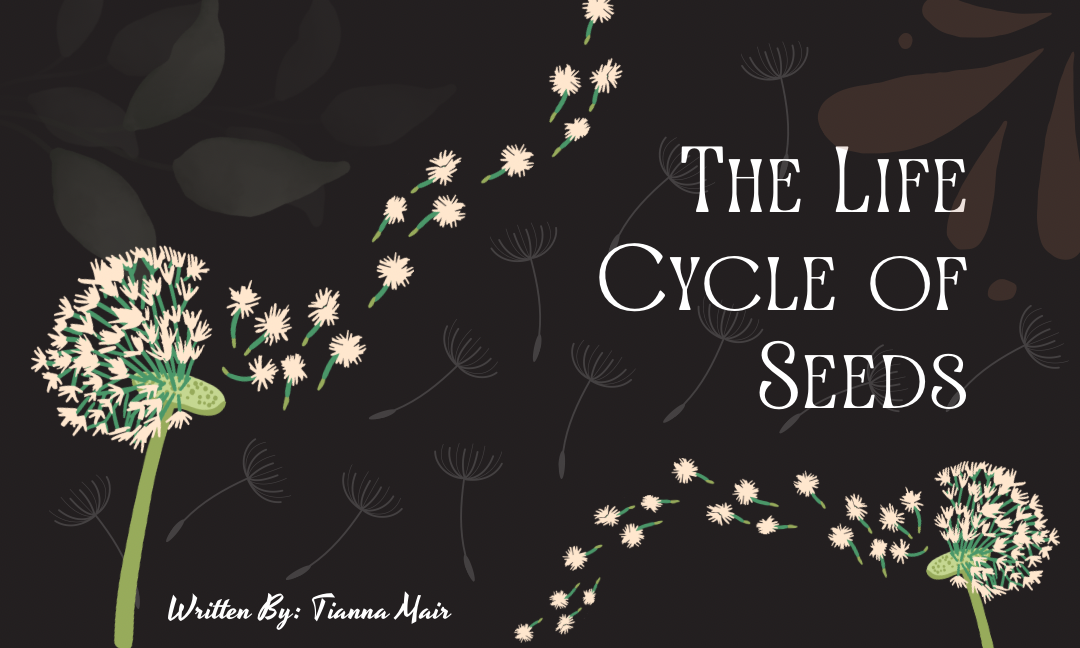Written By: Tianna Mair
Edited By: Jiya Mehta
Designed By: Tvisha Lakhani
Published By: Cayla Weiler
Let’s all take a trip back to science class: to reminisce about the days of the mitochondria, cell division, and photosynthesis. Time to learn about the life cycle of seeds!
Plants are crucial to our ecosystem and keeping the earth in equilibrium. We see them bloom every spring, struggle to keep them alive in our homes, we even give them to loved ones. Plants recycle CO2 and provide animals with many essential nutrients. For these reasons and more, we need plants! What does a plant’s life look like though? How does a seed germinate, and the flowers bloom? Let’s break it down.
Where It All Begins: The Seed
Seeds are something everyone knows well. From planting them in your garden, to eating them on your bagels.
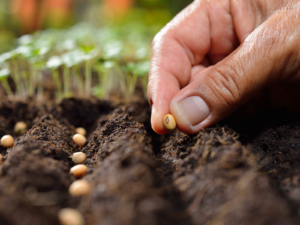
The seed contains everything a plant is going to need to grow. It has a testa, an outer seed coat; a micropyle, a small pore in the seed coat allowing for water passage; and a cotyledon that contains the food stores for the seed and forms embryonic leaves.
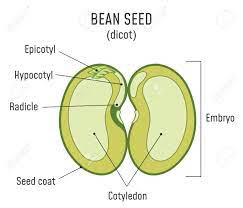
In order for ecosystem diversity, seeds need to be spread all around. The five main ways of seed dispersal are: gravity, wind, water, animals, and ballistic – where the seed is forcefully ejected from the fruit. These modes of seed dispersal make sure that the plant can regrow and spread out around plains of land. As the seeds spread, and nestle their way into the ground, they start to germinate.
Germination
By definition germination is “the sprouting of a seed, spore, or other reproductive body, usually after a period of dormancy” (britannica). Seeds need water, oxygen, and the perfect temperature to successfully germinate.
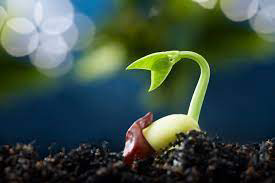
During seed germination, water is absorbed by the embryo which results in the expansions of cells within it – this is known as imbibition. The water causes pressure to build up within the cells, often causing the seed coat to break open. Along with this, seeds absorb oxygen to go through a process called aerobic respiration. This allows glucose and oxygen to be used up, and CO2 and O2 to be produced as waste. Finally, the right temperature is required. Depending on the type of seed will determine what kind of temperature it will need. With all of these in place, it will allow the seed to germinate and start sprouting a seedling.
Seedling!
The development of a seedling starts with germination. There are often three parts of a seedling: the embryonic root, the embryonic shoot, and the seed leaves. Not much happens during the seedling stage. The little plant is just taking in the new world, starting to go through photosynthesis and strengthening its roots, stems, and growing real leaves.
Maturing
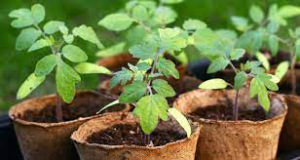
During this stage, the seedling has now grown and is developing sturdier roots. This allows for an increase of branches and the possibility of flower development. The development of a plant from here on out is pretty simple. During this stage the plant begins to grow, continuing on going through photosynthesis and strengthening its overall structure.
Plant Adulthood: Flowering
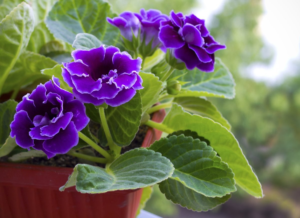
This is when all the plants’ stored energy gets put to use. The flowering process is broken down into three stages: the early flower, the mid flower, and the late flower (The Three Stages Of Flower).
The early flower is when plants go from vegetative growth to beginning the production of flowers or fruit. This phase can last for up to three weeks. During this time plants height increases and flower sites will begin to show.
The mid-flowering stage is usually weeks 3-6 in the flowering process. Flower formations are small but showing and will be growing rapidly after week 3. Plants will be taking as many nutrients as it can from their surroundings, using it all to produce the flowers.
Late-flowering is the final stage in the flowering process. This is when fruits are ready for harvest and flowers are in their prime. This stage can last up to 3 weeks and this is when your plant has reached the end of its cycle. Some plants will go into dormancy, re-starting their cycle to flower next year!
After the flowering stage is over, seed dispersal occurs. This is when the seeds nestle their way into the ground and the process starts again!
Next time you grow something in your garden, or go on a walk in the spring, you will know exactly what stage the plant is going through!
And that’s a wrap on: The Life Cycle of Seeds.
Works Cited
Grant, Bonnie L. “Can You Plant Fresh Seeds: Harvesting And Planting Seeds Same Season.” Gardening Know How, 16 October 2022, https://www.gardeningknowhow.com/edible/vegetables/vgen/planting-freshly-harvested-seeds-from-veggies.htm. Accessed 26 December 2022.
Hamilton, Rich. “The Three Stages Of Flower – Understanding the Flowering Cycle.” Garden Culture Magazine, 2 March 2020, https://gardenculturemagazine.com/the-three-stages-of-flower-understanding-the-flowering-cycle/. Accessed 28 December 2022.
Heslop, John. “Germination | Description, Process, Diagram, Stages, Types, & Facts.” Britannica, https://www.britannica.com/science/germination. Accessed 26 December 2022.
“Plant Life Cycle: Stages, Parts of a Flower.” Turito, 11 July 2022, https://www.turito.com/blog/biology/plant-life-cycle. Accessed 26 December 2022.
“Seed dispersal.” Wikipedia, https://en.wikipedia.org/wiki/Seed_dispersal#Ballistic_dispersal. Accessed 26 December 2022.
“Seedling.” Wikipedia, https://en.wikipedia.org/wiki/Seedling. Accessed 26 December 2022.
“Seed Structure.” BioNinja, https://ib.bioninja.com.au/higher-level/topic-9-plant-biology/untitled-3/seed-structure.html. Accessed 26 December 2022.
“Understanding Seeds and Seedling Biology.” Penn State Extension, 9 March 2017, https://extension.psu.edu/understanding-seeds-and-seedling-biology. Accessed 26 December 2022.

